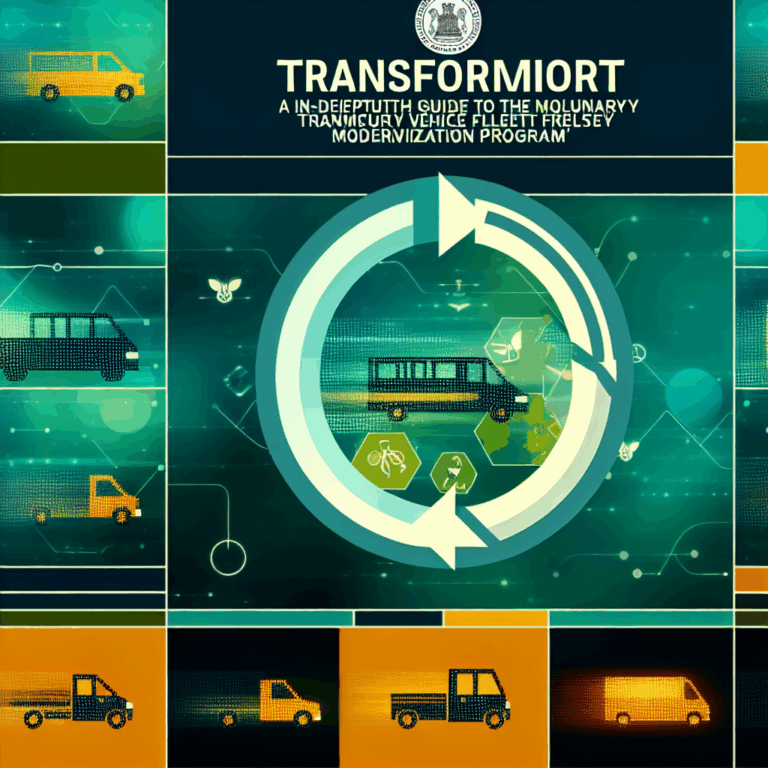Copyright @ 2023 www.digimitr.com. All rights reserved.

Exploring Atal Innovation Mission 2.0: A Comprehensive Guide to Its Miscellaneous Schemes and Their Impact on Entrepreneurship
Learn about the important features of the government scheme titled “Exploring Atal Innovation Mission 2.0: A Comprehensive Guide to Its Miscellaneous Schemes and Their Impact on Entrepreneurship”. This scheme is overseen by the relevant ministry and focuses on delivering benefits to eligible beneficiaries.
Here is a comprehensive overview:
Introduction
The Atal Innovation Mission (AIM) 2.0, spearheaded by the NITI Aayog, envisions a robust ecosystem aimed at fostering innovation and entrepreneurship across India. Launched in deepening the vision of the first version of AIM, this initiative serves as a nationwide platform to promote creativity and drive the socio-economic development of the nation. Through various schemes, AIM 2.0 intends to elevate under-resourced areas and support budding entrepreneurs, enhancing the startup culture in India.
Eligibility Criteria
AIM 2.0 encompasses a broad spectrum of beneficiaries, ensuring it is accessible to a diverse range of individuals and institutions. Startups, academic institutions, research entities, and NGOs are among those eligible to apply for support from the mission’s schemes. Generally, applicants must be legally registered entities and have some form of innovative product or service. Specific schemes might impose more tailored eligibility requirements, depending on the focus area, such as social innovation or technology advancement.
Key Features and Benefits
AIM 2.0 introduces several differentiated features targeted at diverse stakeholders. Key benefits include access to funding, mentorship opportunities, and technical support. The mission is intent on nurturing a culture of innovation through structured incubation programs and collaborative platforms facilitating knowledge sharing. Additionally, niche programs under AIM aim to support women entrepreneurs, rural innovators, and young startups, thus widening participation in the national innovation landscape.
Furthermore, AIM 2.0 is structured to provide policy recommendations, establish partnerships, and use data analytics to inform the promotion of innovation in various sectors. This holistic approach is aimed at creating a sustainable entrepreneurship ecosystem.
Application Process
Individuals and institutions eager to benefit from AIM 2.0 must navigate an application process designed to filter out the most promising ideas and initiatives. Typically, interested parties begin by visiting the official NITI Aayog website, where detailed guidelines for each scheme are published.
The application generally requires thorough documentation, including a business plan outlining the objectives, market analysis, and a strategy for achieving the proposed goals. Once the application is submitted, it goes through a rigorous review process, often involving expert panels that assess the viability and innovation of the proposal. Successful applicants are then invited for an interview or presentation, which may further influence the final decision.
Funding and Budget
AIM 2.0 is backed by significant financial commitments aimed at empowering various innovative initiatives. Budget allocations vary depending on the projects, with funding typically derived from government resources and partnerships with private sectors. The mission also encourages co-investment models, leveraging public-private partnerships to maximize resource utilization and impact.
Funding avenues may include grants, equity support, or loans aimed at reducing the initial financial burdens faced by startups. The mission encourages sustainable financial planning, ensuring that recipients can manage funds effectively while striving for growth and innovation.
Achievements or Impact
Since implementing AIM 2.0, notable advancements have been recorded in India’s entrepreneurial landscape. The program has successfully incubated numerous startups, leading to job creation and technological advancements across various sectors. For instance, sectors such as agriculture, healthcare, and education have seen transformative innovations driven by AIM initiatives.
Moreover, AIM has positively influenced the culture of innovation in academic institutions, where students are encouraged to explore entrepreneurial avenues. Networking events, workshops, and mentorship programs have fostered collaboration between young entrepreneurs and seasoned industry professionals, enhancing skills and knowledge transfer.
Challenges (if any)
Despite its successes, AIM 2.0 faces challenges that could hinder its objectives. Bureaucratic red tape can slow down the application and funding processes, leading to inefficiencies that stifle innovation. Moreover, awareness regarding the availability of schemes and how to access them remains limited in certain geographical areas, particularly among rural populations. Addressing these challenges is crucial for fulfilling the mission’s goals and ensuring inclusivity.
Recent Updates
As of 2023, AIM 2.0 has rolled out several initiatives designed to adapt to the evolving needs of entrepreneurs. The introduction of localized incubation centers has been a notable update, facilitating easier access to resources and mentorship for aspiring innovators situated in remote areas. Furthermore, new partnerships with tech hubs and industry leaders have enhanced AIM’s outreach, enabling a more comprehensive support system for startup ventures. Continuous feedback mechanisms from stakeholders also allow AIM to evolve its strategies in response to the dynamic market and technological landscape.
Conclusion
AIM 2.0 stands as a beacon of hope for transforming India’s entrepreneurial fabric. With its comprehensive array of schemes, it aims to support innovators and entrepreneurs from all walks of life, fostering a culture of creativity and resourcefulness. While challenges persist, the mission’s commitment to evolving practices and structures ensures that it remains a relevant force in the technological and economic landscapes of India. With AIM, the future of entrepreneurship in India looks promising, as the nation prepares to harness the talents of its young and diverse population.
FAQ
1. What types of organizations can apply for AIM 2.0 funding?
All legally registered entities, including startups, academic institutions, research organizations, and NGOs, are eligible to apply for AIM 2.0 funding. The specific requirements can vary based on the particular scheme.
2. How long does the application process take?
The time frame for the application process can vary widely, depending on the complexity of the project and the number of applications being processed at that time. Typically, it may take several weeks to a few months from submission to funding decision.
3. Are there any costs associated with applying for AIM 2.0?
There are no costs associated with submitting an application for AIM 2.0. However, applicants are advised to prepare thorough and professional documentation to enhance their chances of approval, which may entail some preparatory costs.
For more information, check out official government site,
Official government website or relevant source not provided.
Stay updated on related schemes and initiatives using hashtags: #Exploring #Atal #Innovation #Mission #Comprehensive #Guide #Miscellaneous #Schemes #Impact #Entrepreneurship
Join the discussion about this scheme in the comments below!





